A garden dibber tool is a gardening implement that has many different uses. Depending on the design, it can be used to plant seeds or bulbs, move soil, or dig holes in the ground. It’s an important part of any gardener’s gear and there are several different types available for purchase. This blog post will explore what they are and how to choose one that suits your needs!
What Is a Dibber?
A dibber (also known as a dibbler or dibble) is a long, stick-like tool that’s used to create holes for seeds and seedlings before they’re planted so that they don’t get damaged when they’re not fully immersed in the ground. The thickness of a dibble varies, with thinnest versions best suited for sowing seeds and cutting things while growing small bulbs necessitate thicker variants.
Types of Garden Dibber Tools
Dibblers come in two forms: those that are meant for planting seeds and those for growing bulbs [2]:
- Bulb dibbles are longer and rounder, with a fat body and a sharp point to create a big hole. They include a flat tip to provide an effective contact point for the bulb’s bottom, as well as lines at one-inch intervals for reference;
- Seed dibblers with a flat tip, on the other hand, are typically slim and pointed, producing a tiny seed start hole. Quarter-inch marks will be present on high-quality dibblers, which will then be divided by inch markings. These tools also have a flat end for optimal soil contact;
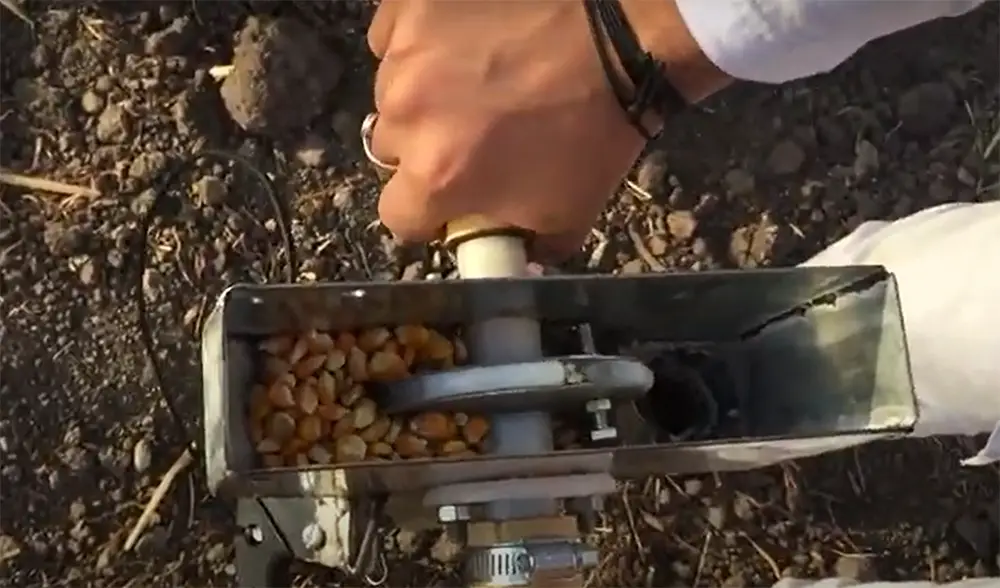
There are also 2 major designs of garden dibber tools:
- The Y-Dibber. This type of dibber has two points, one on each arm of the “Y”. This design makes it easier to create evenly spaced planting holes;
- The Auger Dibber. This tool has a spiral groove that helps it easily penetrate the soil. It is perfect for quickly creating large planting holes;
What Is the Purpose of Dibbers/Dibble?
Garden dibbers are used to make planting holes in the ground. The pointed end is inserted into the soil and then pushed down while the other end is pulled towards you, creating a hole for your plant. They come in various sizes depending on what type of plants you’re growing. For small plants such as flowers or herbs, a hand-held dibber should suffice. If you’re planting larger vegetables or fruits, however, you’ll need something bigger like a tractor-mounted dibber. Regardless of size, garden dibbers are an essential tool for any gardener. They help make planting holes quickly and evenly without damaging tender young roots.
What Are Dibbers Made Of?
Garden dibbers are typically made from metal so they won’t break easily. They can be either T-shaped or L-shaped and come in a variety of sizes depending on their use. However, some gardeners prefer to make their own out of wood instead. This works especially well if you have larger plants that will need deeper holes than normal – which is why professional tractor dibblers tend to be made this way as well.
Different Types of Dibbers:
1) The Plastic Dibber
This is the most common type of dibber. It has a pointed end that is used to pierce the soil and a handle for poking holes in the ground.
2) The Steel Tipped Dibble
This type of dibble is used for larger holes. It has a pointed end and tines at the other end which can be useful if you have multiple plants to put in one hole or trees to plant.
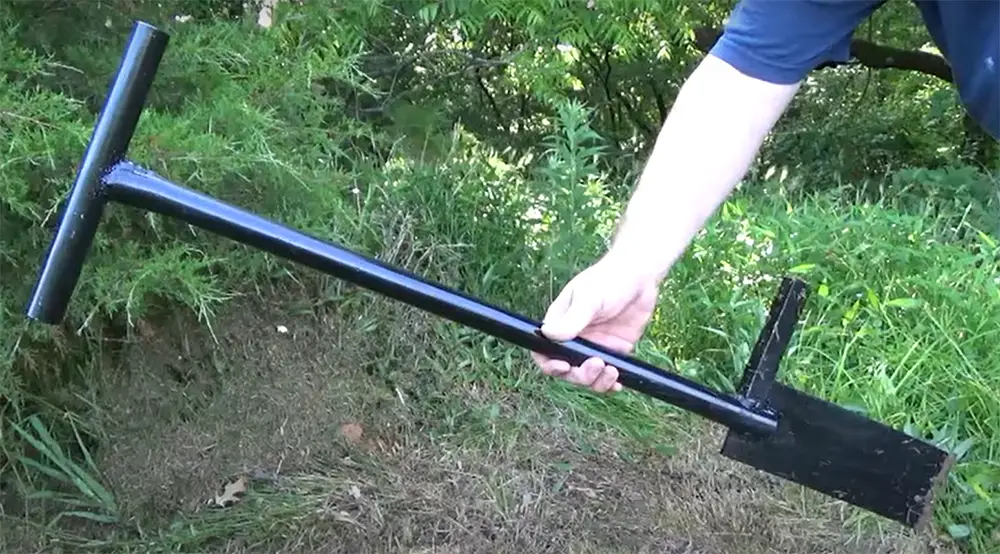
3) The Wooden Dibber
This wooden tool has been around longer than any other kind of garden dibber, although it may not look as sturdy as the metal ones they actually last much longer! They tend to have a flat head on them with sharp sides so allow you to pierce through moist ground quickly without having any problems with bending over time, however they won’t pierce hard soil very well. The handle tends to be angled at about 30 degrees from horizontal making it easy for prodding into soil easily.
What Should I Look For When Buying A Modern Dibber/Dibbler?
When looking to purchase a garden dibber tool, there are a few things you should consider:
- Length. The most important factor is the length of the dibber. You want something that is long enough to reach deep into the soil but not too long that it becomes difficult to handle;
- Grip. Additionally, you will want to look for a model with a comfortable grip. This will help make it easier to use and less tiring on your hand;
- Budget. Consider the price point before making your final decision. There are many affordable options available on the market today;
High-quality dibbles should have the following features:
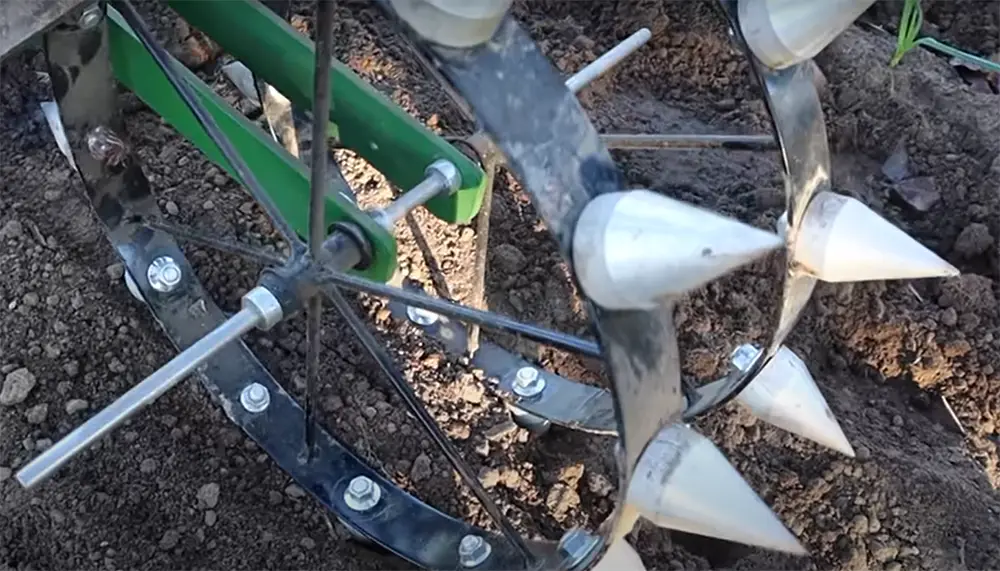
- Made of hardwood materials (mahogany, maple);
- Handmade and preferable hand-tuned;
- Inch marks and quarter-inch marks for better use;
- Should have a flattened end/tip for optimal seed contact;
- Made specifically for seeds or bulbs;
- The handle is either a ball or a grip design;
- Linseed Oil Finish can be good for protection;
In addition, you might be interested in how to wash your garden gloves.
Comparison of Garden Dibber Tools
Garden dibbers are hand-held tools that are used to create holes in soil for planting seeds or seedlings. They come in a variety of shapes and sizes and can be made from different materials. In this table, we compare various garden dibber tools based on their length, weight, material, and price.
HTML Table:
| Tool | Length (inches) | Weight (ounces) | Material | Price |
|---|---|---|---|---|
| Wooden Dibber | 6 | 1.6 | Wood | $10 |
| Metal Dibber | 8 | 4.2 | Metal | $15 |
| Plastic Dibber | 7 | 2.1 | Plastic | $8 |
| Bulb Planter | 9 | 6.5 | Metal/Plastic | $20 |
This table compares four different garden dibber tools based on their length, weight, material, and price. The tools compared are wooden dibber, metal dibber, plastic dibber, and bulb planter.
The wooden dibber is the shortest and lightest of the tools, made entirely of wood and costing $10. The metal dibber is longer and heavier than the wooden dibber, made entirely of metal and costing $15. The plastic dibber is slightly shorter and lighter than the metal dibber, made entirely of plastic and costing $8. Finally, the bulb planter is the longest and heaviest of the tools, made of a combination of metal and plastic and costing $20.
This table can be useful for gardeners who are looking to purchase a dibber tool and want to compare the different options available to them based on different criteria.
FAQ
What is a hand dibber?
A hand dibber is a long, pointed stick with identical holes poked into the soil to create a space for seeds, seedlings, cuttings, and tiny bulbs. It’s made of wood, metal, or plastic [3].
Are dibblers just used for seed planting/starting?
No, they are not just for seed planting/starting. Gardeners also use dibblers to transplant mature plants by pushing the blunt end of the tool into the soil next to the plant and levering it out with a quick upward thrust. They are also used to plant deep-rooted crops such as carrots and parsnips.
How are wood dibbers made?
Wood dibbers are made from a variety of hardwoods, such as mahogany or maple. The wood is turned on a lathe to form the shape of the dibber and then drilled with holes. The tip is then flattened for better seed contact. Finally, a linseed oil finish is applied for protection.
Do I need a dibber?
If you are planting seeds, then yes. If not, it is up to you whether you would like to invest in one of these tools or not. They can be helpful, but they are not essential.
How do you make a garden dibber?
To make a garden dibber, you will need:
- A wooden dowel;
- A drill with different sized bits (for example, one bit for the handle and another for the tip);
- Glue;
First, cut your desired length of dowel material to size. You can use either an electric or hand saw.
Next, start drilling holes in the top half-inch section of both ends using various-sized bits until they are big enough to accommodate planting seeds easily.
After this step is complete, measure down about seven inches from each end and glue on two flat pieces that run across the diameter of your tool’s body at right angles like cross braces in order to prevent it from splitting when force is applied.
Allow the glue to dry completely before use.
Finally, apply a coat of linseed oil (or any other wood preservative) to seal and protect your dibber tool.
Widger vs dibber – what’s the difference?
A widger is a tiny gardening instrument with a handle and a long, thin spatula on one end.
A dibber is an instrument with a handle at one end and a point at the other, used in the garden to make holes for planting seeds, bulbs, and other plants. It’s also known as a dibble or dib [4].
How do you plant bulbs with a dibber?
First, loosen the soil in the area where you would like to plant your flowers using a shovel or spade. Next, insert the point of your dibber into the ground at the desired depth and angle. Push it firmly into the soil and twist it a couple of times to create a hole. Finally, drop one bulb into each hole and cover them up with soil. Tamp down the dirt around each bulb so they are secure. You’re done!
Why is a garden dibber tool such an important garden tool?
A garden dibber tool is an important garden tool because it allows you to make holes in the ground for planting seeds, bulbs, and plants. It is also useful for aerating soil and breaking up compacted soil.
There are many different types of these tools available on the market. Some common types include: hand held garden dibbers, electric garden dibbers, and battery operated garden dibbers.
When choosing a garden dibber tool, it is important to consider the size of your gardening area and the type of plants you will be planting. If you have a large gardening area, you may want to consider an electric or battery operated garden dibber tool. These types of garden dibbers are typically more powerful and can make bigger holes in the ground.
If you have a small gardening area, or if you will be planting delicate plants, then a hand held garden dibber tool would be a better option for you. Hand held garden dibbers are smaller and less powerful than electric or battery operated models, but they are still effective at making holes in the ground for planting.
Where can you buy a good quality garden dibber tool?
There are a number of places where you can purchase it. You can find them at most hardware stores or online retailers that sell gardening supplies.
It is important to choose one that is made from high-quality materials. This will ensure that the tool will last for many years and will not break easily.
It is also important to choose a tool that is comfortable to use. This way, you will be able to use the tool for a long time without feeling uncomfortable.
Finally, make sure to read the reviews of different dibber tools before making your purchase. This way, you can get an idea of which ones are the best and which ones to avoid.
What are the benefits of using a garden dibber tool?
There are some benefits to using this tool. One is that it can help you make evenly spaced holes for planting seeds. This is especially helpful if you want to create a symmetrical look in your garden.
Another benefit is that a garden dibber can help you plant seeds or bulbs at the correct depth. This ensures that your plants will have the best chance of germinating and growing strong roots.
Finally, using a garden dibber can save you time and energy compared to digging holes by hand. If you have a large area to plant, or if the ground is hard, using a dibber will make the job much easier.
What can be used instead of a dibber?
If you don’t have a dibber, you can use a stick or your finger to make a hole in the soil. Also, some gardeners prefer to use a trowel to make a hole for planting. Start by making a small hole in the soil and then enlarging it as needed. Then, carefully insert your plant into the hole and backfill with soil. The depth of the hole will depend on what you are planting. For example, if you are planting bulbs, you will want to make a hole that is about twice as deep as the bulb.
When would you use a garden dibber tool?
A garden dibber tool is typically used to make holes in the ground for planting seeds, bulbs, and small plants.
You may also use a garden dibber to create furrows (shallow trenches) in the soil for planting rows of seedlings or bulbs.
And finally, some gardeners use their dibbers to make divots (indentations) in the soil that will later be filled with potting mix or compost when transplanting potted plants.
Gardeners also use dibbers for all sorts of different tasks, like:
- creating drainage holes in potted plants,
- aerating the soil in their garden beds,
- making small holes for inserting fertilizer or herb seeds, and
- even mark out weed lines when hoeing!
When is the best time to use a garden dibber tool?
This is a great question. The best time to use a garden dibber tool is typically in the springtime. This is when you can start prepping your garden for planting. The tool is frequently utilized during the seedling phase, allowing you to foster growth.
If you have a larger garden, you may find that you need to use the tool more frequently. This is because there are more things that need to be planted and taken care of. But, if you have a smaller garden, you may only need to use the tool once or twice a year.
It really just depends on the size and maintenance of your garden. But, springtime is typically the best time to break out the tool and get started on your planting!
Why would someone want to use a garden dibber tool?
There are a few reasons someone might want to use a garden dibber tool. One reason is that it can help make planting seeds much easier. Garden dibbers also help with making evenly spaced holes for planting bulbs. Additionally, using a garden dibber can help avoid compaction of soil when planting by hand.
Another common reason people use garden dibbers is to create furrows in the soil. Furrows are shallow trenches that are used to plant seedlings or transplants. They help ensure that the roots have enough space to grow, and they also help with drainage.
Garden dibbers can also be helpful when you need to transplant seedlings or other small plants. Using a garden dibber to make a hole first can help avoid damaging the roots of the plant.
Useful Video: What is it…A dibble!
Final Words
A garden dibber tool is a great way to make gardening easier, more efficient and fun. With the help of this handy tool, gardeners can easily get their seedlings in the ground and ensure they are planted at the correct depth. It is an effective and affordable way to start your own vegetable or flower gardens. As with all tools, it is important to use a garden dibber correctly for best results. With regular care and maintenance, you can enjoy this tool for many seasons.
References:
- https://www.gardenersworld.com/product-guides/growing/best-dibbers/
- https://www.thecelticfarm.com/just-what-is-a-garden-dibber-or-dibbler/
- https://www.gardenersworld.com/product-guides/growing/best-dibbers/
- https://wikidiff.com/widger/dibber






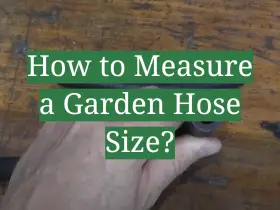
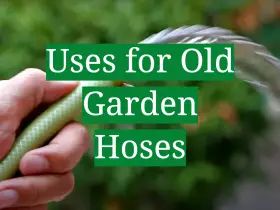
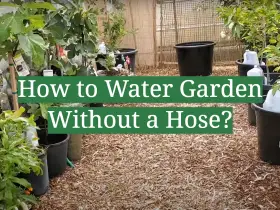
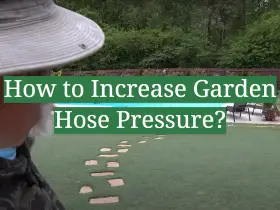
I’m not a huge fan of gardening, but I do like to grow some flowers in the summer. A few years ago, I decided to try my hand at growing some lilies. I found a package of lily bulbs at the store and brought them home. I wasn’t sure how to plant them, so I did a quick Google search and found some instructions. It turned out that planting lily bulbs was actually pretty easy.
First, I dug a hole in the ground that was about twice as deep as the bulb itself. Then, I placed the bulb in the hole with the pointed end up. After that, I covered the bulb with soil and pressed down on it to make sure it was in contact with the ground. Finally, I watered it well and waited for my lilies to grow!
It took a while for my lilies to bloom, but when they finally did, they were beautiful! I was really happy with how they turned out and I think gardening is actually a lot of fun. I highly recommend using a bulb dibber if you want to make planting bulbs a breeze.